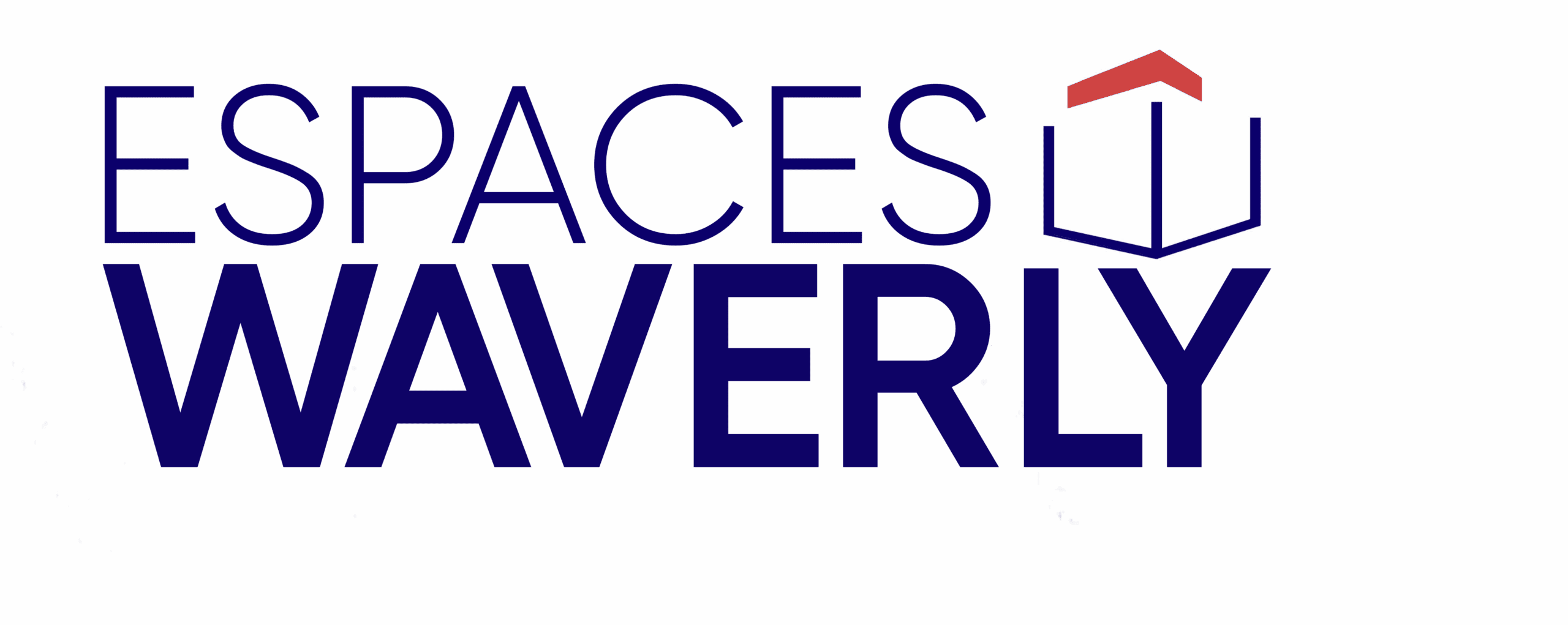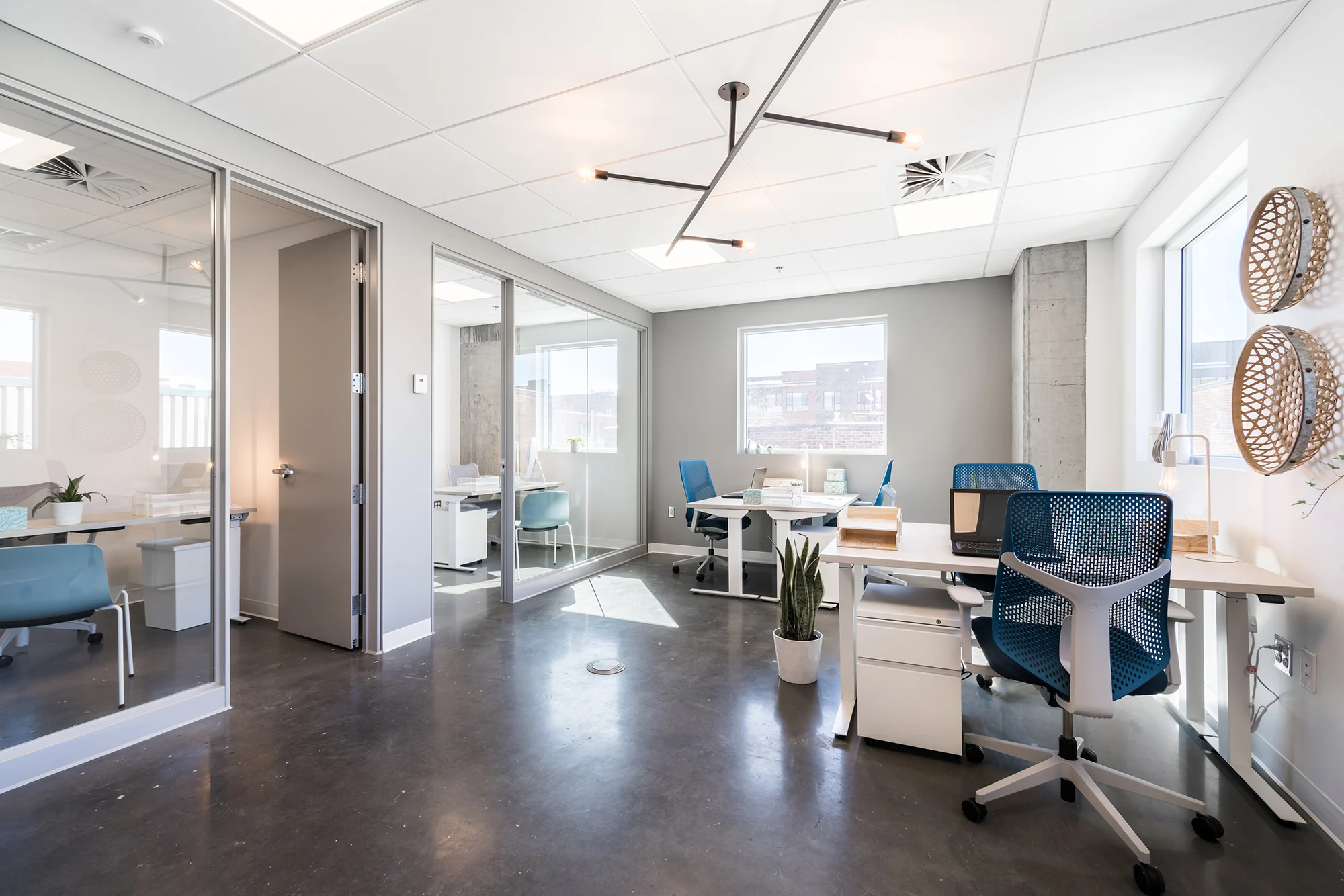In an ever-changing professional world, companies face new challenges in attracting and, above all, retaining talent. Remote working, flexibility and quality of working life are now major criteria for candidates and current employees alike. In this context, hybrid workspaces, combining telecommuting and physical presence, play a key role. These spaces offer a dynamic, flexible and collaborative environment that meets the expectations of new generations, while strengthening team cohesion and productivity.The role of hybrid spaces in retaining and attracting talent
Translated with DeepL.com (free version)
This article explores in detail why and how hybrid spaces contribute to talent retention and attraction, with a focus on the concrete benefits for companies and their employees.
1. Understanding hybrid work and its challenges
Hybrid working refers to a flexible model in which employees alternate between working remotely (often from home) and in a shared physical space. This approach has become much more widespread since the COVID-19 pandemic, which accelerated the transformation of working patterns.
1.1 Expectations of today’s talent
Talent, especially millennials and Generation Z, are looking for more than just compensation. They want a healthy work-life balance, pleasant working conditions, meaning at work and development opportunities. Workplace flexibility is now one of the decisive criteria when choosing an employer.
1.2 Challenges for companies
For employers, the challenge is twofold:
-
Attracting skilled profiles in a competitive job market
-
Retain these talents by offering them a stimulating environment that can be adapted to their needs
Hybrid working therefore appears to be an effective response, but it needs to be supported by suitable spaces.
2. Hybrid spaces: a powerful lever for attracting talent
2.1 Offering geographical and temporal flexibility
Hybrid workspaces allow employees not to be confined to a traditional office, while still having access to a professional physical location. This flexibility is a powerful argument when recruiting: being able to choose one’s work environment, reduce commuting times and adapt one’s working hours all contribute to a better balance and attract motivated candidates.
2.2 Enhancing the employee experience
Having a well thought-out hybrid space, with coworking zones, modern meeting rooms and relaxation areas, enhances the overall employee experience. This gives the company an innovative and human image, reinforcing its attractiveness.
2.3 Promoting corporate culture
Even at a distance, it’s possible to maintain a strong culture thanks to physical spaces that become rallying points. They encourage informal exchanges, creativity and a sense of belonging, all key factors in attracting talent.
3. Hybrid spaces boost talent retention
3.1 A better work/life balance
Hybrid working, facilitated by these spaces, helps employees to better manage their personal and professional responsibilities. This quality of life improves job satisfaction, reduces stress and thus turnover.
3.2 Developing collaboration and innovation
Hybrid spaces, often equipped with modern technologies and user-friendly layouts, stimulate collaboration between colleagues. Working face-to-face a few days a week in a dynamic environment boosts creativity and strengthens bonds.
3.3 Reducing isolation
Telecommuting can sometimes lead to a feeling of social isolation. Hybrid spaces offer a compromise: a place to meet up, exchange ideas and learn from each other, while retaining the freedom of remote working.
4. Key features of a successful hybrid space
4.1 Flexibility and modularity
A good hybrid space must be adaptable to different types of activity: meetings, individual work, brainstorming, breaks. The modularity of the layout means that use can be optimized according to need.
4.2 Integrated technologies
High-performance Wi-Fi, videoconferencing tools and interactive screens are essential to ensure continuity between remote and face-to-face work.
4.3 Comfort and well-being
Natural lighting, ergonomic furniture, quiet zones and relaxation areas all contribute to employee well-being, a key factor in employee loyalty.
5. Hybrid spaces and sustainable development: a winning duo
Hybrid spaces, by reducing daily commuting, help to limit companies’ carbon footprint. They can also incorporate eco-design and responsible management principles, attracting talent that is sensitive to these values.
6. Concrete example: Espace Waverly, an inspiring place in Montreal
Espace Waverly is an excellent example of an innovative hybrid space in Montreal. Located in a dynamic neighborhood, it offers flexible work environments adapted to companies in hybrid mode. With its flexible interior spaces, convivial outdoor areas and comprehensive range of services (cafés, events, team building), Espace Waverly embodies the future of work: a place where performance rhymes with well-being and collaboration.
7. How to integrate a hybrid space into your HR strategy
7.1 Involving employees
Before choosing or designing a hybrid space, it’s important to consult your teams to understand their needs and preferences.
7.2 Training managers
Leaders need to know how to manage mixed teams (face-to-face/off-site) while maintaining motivation and cohesion.
7.3 Communicating benefits
Promoting the benefits of hybrid working in job advertisements and internal communications enhances the attractiveness of the company.
Conclusion
Today, hybrid workspaces are much more than just places to work: they are catalysts for performance, well-being and commitment. By offering their talents a flexible, modern and friendly environment, companies are giving themselves the means to remain competitive and attractive in a fast-changing employment market.
Investing in hybrid spaces like Espaces Waverly means betting on a future where work and quality of life coexist harmoniously, to the benefit of both employees and the company.

